Lumber Prices Are Soaring and Appliances Are Backordered Due To COVID, What Should You Do? BYHYU 2139/9/2020 Average lumber prices more than doubled from mid April to late August 2020. Prices moved from a low in April of $348 per thousand board feet to over $900 per thousand board feet in August. This price surge is adding over $16,000 to the price of the average single-family home according to the National Association of HomeBuilders. And it’s adding several tens of thousands of dollars to higher end homes. The extreme increase in lumber prices have be made worse by tariffs of more than 20% on Canadian lumber imported into the U.S. The U.S. typically gets quite a bit of lumber from Canada. Given these historically high lumber prices, many homeowners and builders are currently wondering if prices are likely to decrease back toward normal; and if so, when? Folks are further questioning whether now is the right time to start a build, or whether waiting is a better option. Okay, let’s talk about lumber prices… COVID related stay-at-home orders in several states caused many lumber mills in the US and Canada to stop production this past spring. And mills that were allowed to stay open faced challenges keeping workers safe on the factory floor. This resulted in decreased output, or facility closures for days or weeks at a time. In addition, some of the mills that stayed open decreased their operations because industry experts predicted a big drop in construction and a subsequent drop in demand for lumber due to the pandemic. But that prediction was wrong. Because of record low interest rates and more free time at home, homeowners began to evaluate their current houses. There has been greater than expected interest in home improvements and building new houses. Demand for lumber and other building supplies has been so strong, it’s been hard for lumber mills to catch up as a result of lost production time because of shut downs. And not only did they lose time, they also lost workers. Some of the people who were laid off of lumber mill jobs found other employment. That’s been making it difficult for mills to now find enough people to staff their facilities. And not all lumber mills are back in business. Some mills are still closed because even though lumber is currently in high demand, some companies want to make sure the virus is completely under control before they make the commitment to reopen. Skeptics wonder if lumber mills actually do have the capability of producing more lumber, but intentionally haven’t in order to cause lumber price increases. Those prices increases, skeptics says, are being used to replenish profits lost due to reduced demand and shutdowns early in pandemic. But those in the lumber industry insist that their inability to keep up with demand is what’s driving such high lumber prices. Someone who works in the lumber supply chain commented on a forum on the National HomeBuilders Association’s website that there really is a lumber shortage. He said, mills were working at only 50-65% capacity, and that some mills completely stopped logging and shut down entirely for a short time. So what’s going to happen with lumber prices? Will they ever go back down to normal? Well, prices are currently still very high, but that can change overnight. And in fact, we’ve seen a slight decrease in lumber prices in the first few days of September. The hope is the lumber supply will catch up with demand by the end of the year, as furloughed mill workers return to work and construction and demand for lumber slow down in the fall and winter. As more lumber is produced, prices should decrease. To help with getting lumber prices back to normal, the National Association of HomeBuilders (NAHB) has recently reached out to the administration urging them to encourage domestic lumber producers to ramp up production to decrease shortages. They have also asked that government officials make it a priority to work with Canada on a new agreement that would end tariffs on Canadian lumber shipments into the U.S. If lumber prices react now as they have historically, prices will go down. It’s a question is not if, but when. Let’s look at a historical example. In June 2018 there was a peak in lumber prices due to a combination of bad weather and transportation issues. When conditions allowed for corrections in the supply chain, lumber prices dropped quickly and were within the range of the 5-year average by August. Another less dramatic example was in early 2019. Because of lengthy and extreme periods of wet weather across the South, trees were not harvested as readily. Lumber supply went down and prices went up. But, as lumber prices usually do, they went back down to normal after a few months. Unfortunately, because many mills are so far behind, production of lumber may not be back to normal until well into 2021. Future prices on the Chicago Mercantile Exchange predict lumber prices at $660 per thousand board feet in January 2021 and prices at $587 in May (as a reminder, prices were more than $900 per thousand board foot in August). Now, these are only predictions. Prices could be lower that expected, or they could be higher. In light of significantly higher lumber prices, and the volatility of the current market, the NAHB recommends that builders include an escalation clause in their contracts with clients. That clause would assure that if lumber prices increase by a certain percentage, the homeowner would be required to pay the extra costs. So, if you are planning to sign a contract with a builder in the near future, look for that escalation clause and consider whether that’s something you’re comfortable agreeing to. Something else to think about… If you’re trying to decide between using a small, local, custom homebuilder, or a large, national, production builder, and you need your home completed as quickly as possible, you might want to consider hiring the large, regional or national production builder. Those large production builders typically have more buying power to get supplies ordered and delivered, and at a better price due to their larger wholesale orders. But nothing is typical in the current homebuilding market, so compare prices and building schedules of several builders before making a final decision. Okay, so that was lumber. What about other building materials, are they being affected by the pandemic? Unfortunately the answer is yes Not only has the pandemic affected the availability and prices of dimensional framing lumber, but, as you might guess, the prices and supply of wood decking and engineered wood, such as OSB wall sheeting and engineered wood structural beams, have also been affected. There is a shortage of those materials too, and as a result, a significant increase in pricing. There have also been COVID-related challenges in the manufacturing and distribution of almost all other building materials, appliances and electronics. Things like: Cabinets, flooring, furniture, roofing, sheetrock, lighting fixtures, large and small kitchen appliances, washers and dryers, heating and cooling equipment, plumbing fixtures and televisions and other electronics. But from what I’ve read, unlike lumber, these other items that we need for our homes, won’t have a significantly higher price tag because of the pandemic. There may be slight increase in price, but the main issues with the materials I just named are long lead times and delivery delays. At least that’s true as of the recording/writing of this podcast/post. Many factories in the U.S. and abroad that manufacture those products shut down or slowed down due to COVID, so they are also trying to catch up with customer demand. For things manufactured overseas, there’s an added disruption because pandemic-induced slowdowns of shipping. Typical lead times are now up to 8 weeks or more for appliances and electronics, depending on the brand you specify. Many brands say that an order placed in early September, may not be delivered until the first of the year. Again, it’s brand specific. Some appliance brands and models will take longer to be made and delivered than others. In general, those brands whose appliance or electronics parts are made furthest away, will likely have the longest lead times. And keep in mind, even appliances that are assembled here in the U.S. might get some, or most of their parts from China or other countries. If that’s the case, those items will still be delayed. The thing to do is to order materials and appliances much earlier than you typically would. Alternatively, you can be more flexible in your choices. Many builders and homeowners have had forgo ordering their first choices in appliances, fixtures and electronics and instead order their second or third choice in order to get items on time. You have a big decision to make if you were planning to start your new build or framing soon. You can move forward, knowing your lumber bill could be tens of thousands of dollars more than you anticipated. You can pay out of pocket for that price increase, or ask the bank for more money, or decrease your budget in other areas by choosing less expensive flooring, appliances, and lighting, for example. If you want to get in your house sooner rather than later, this may be the choice for you. Keep in mind though, that almost everything for homebuilding is will take longer than usual to come in. Further contributing to slow downs in home construction is the increased demand for subcontractors. The building industry in many regions was short on tradespeople even before the pandemic. And the current increase in demand for those tradespeople may slow down your construction project even more. So although you might decide to move forward immediately with your build, you’ll probably encounter delays anyway. On the other hand, if you’re in a position to wait to build, or frame your house, you might decide wait and take the chance that lumber prices will decrease back toward normal during the fall and winter. Instead of starting your project now, you can wait a few weeks, or months to when lumber prices will hopefully decrease. And in a few months, other homebuilding materials will also likely be able to be manufactured and delivered in a more timely manner. It’s a difficult choice. And there is no right or wrong answer. You have to choose the lesser of 2 evils for your specific situation. I’ve had so many delays with my project due to the inherent difficulty of my site, record rains, shortages of professionals and tradespeople in my small city and soil surprises that necessitated a foundation redesign. So all I want to do is move forward. As soon as the foundation was complete, we called to order lumber and were stopped in our tracks by the prices. So sadly, but wisely, I think, we have decided to wait to see if lumber prices will fall in the coming weeks. My slab has been poured and I was excited to get some wood up, but for my situation, I can’t see paying tens of thousands of dollars more just to get started and finished a couple of months early. As much as I want to get into my house, there is no real reason to rush. It was a difficult decision because we’ve been waiting for so long just to see a real structure, but I'm gonna wait. What will I do while I wait? Keep doing research on homebuilding products, keep doing podcasts for you, keep narrowing down my design choices, keep praying and keep reminding myself of how fortunate and blessed I am to even be in a position to build a house. If construction delays are the biggest problems in my life, and right now they are, I really have nothing to complain about. Never the less, I will be so happy when 2020 is over. It’s been a challenging year, to say the least. Please remember that the purpose of this podcast is simply to educate and inform. It is not a substitute for professional advice. The information that you hear is based the only on the opinions, research and experiences of my guests and myself. That information might be incomplete and it’s subject to change, so it may not apply to your project. In addition, building codes and requirements vary from region to region, so always consult a professional about specific recommendations for your home.
0 Comments
Your comment will be posted after it is approved.
Leave a Reply. |
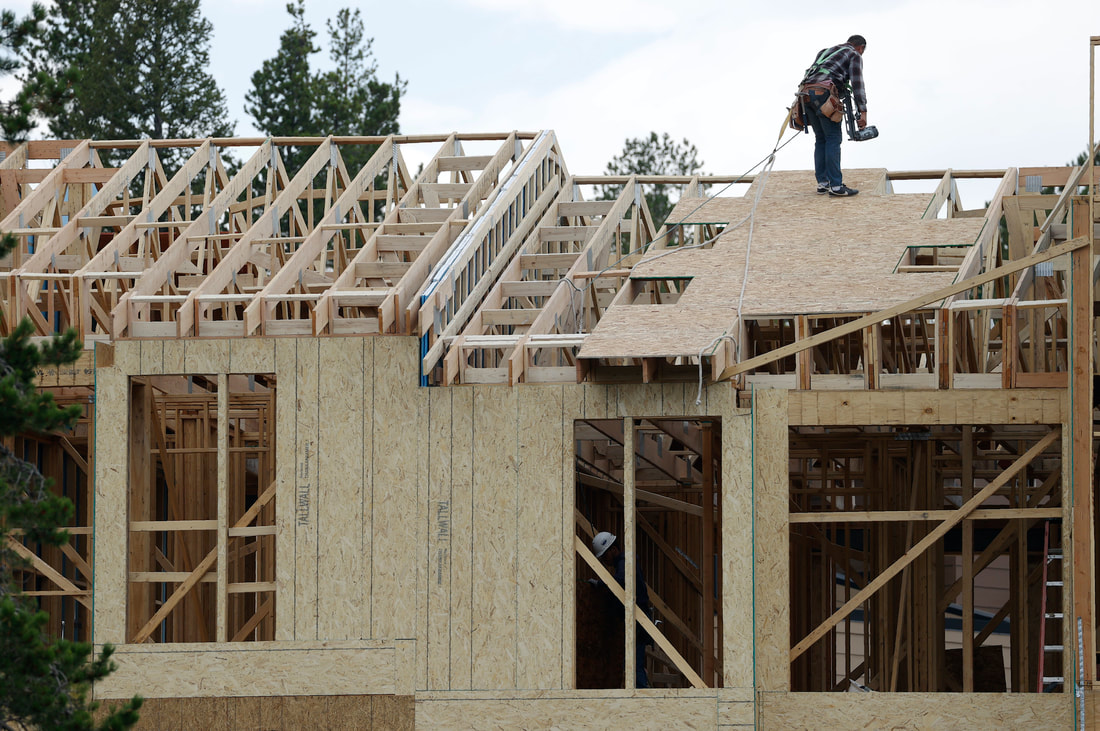
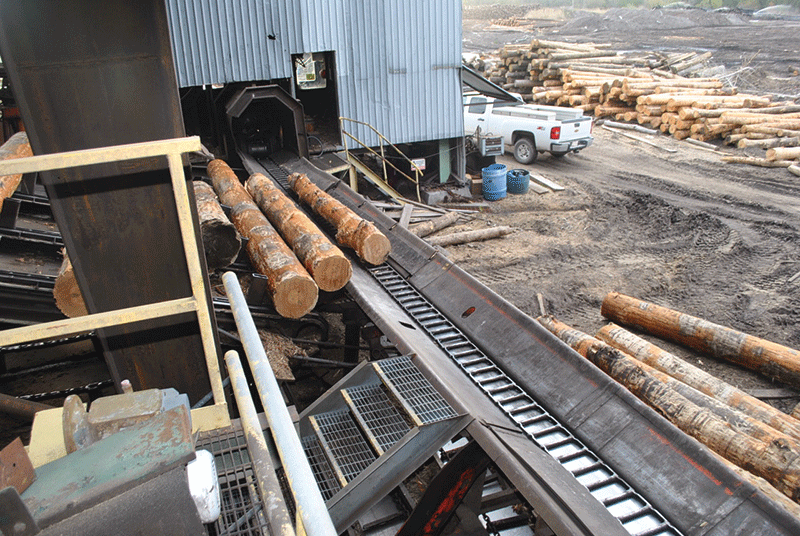
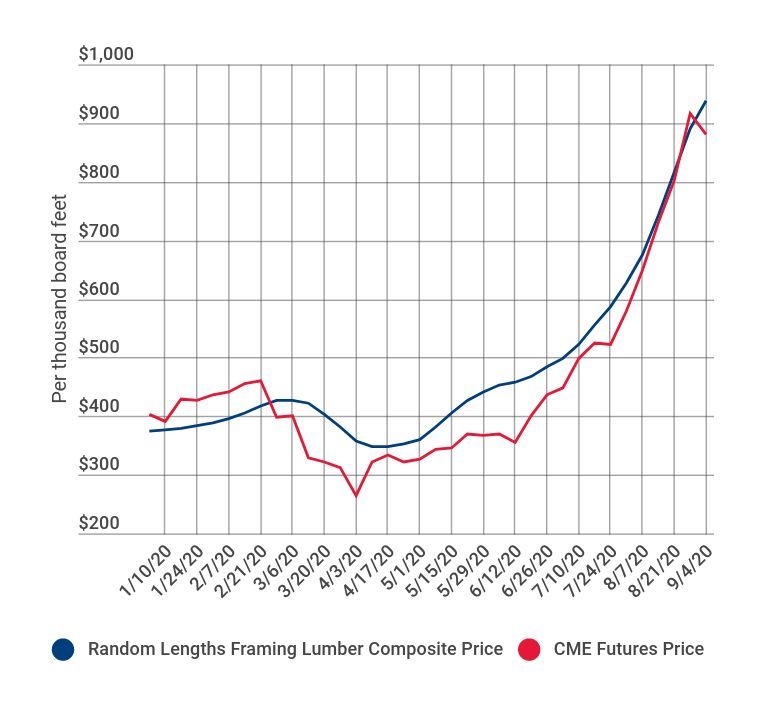
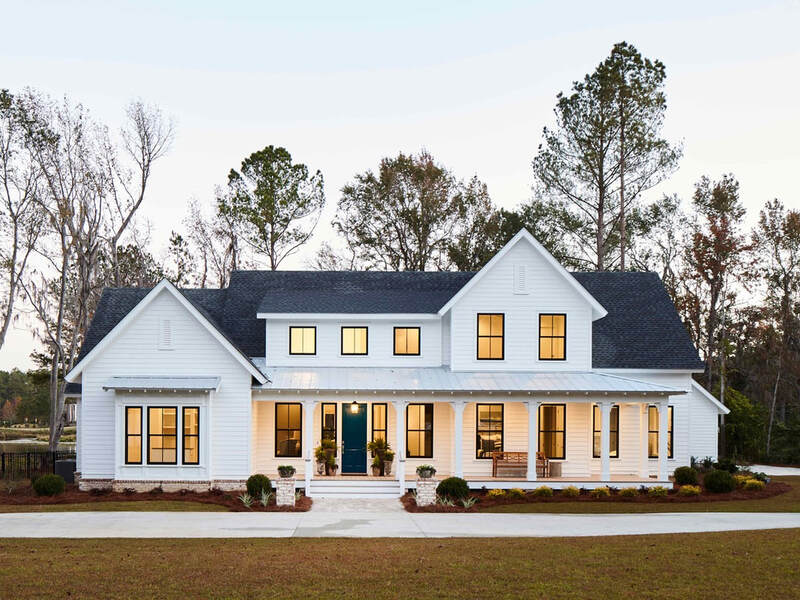
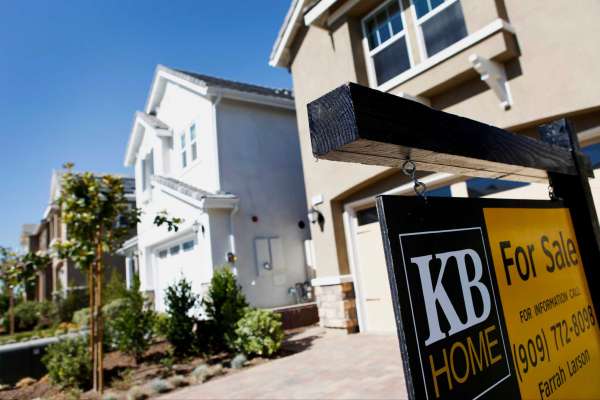
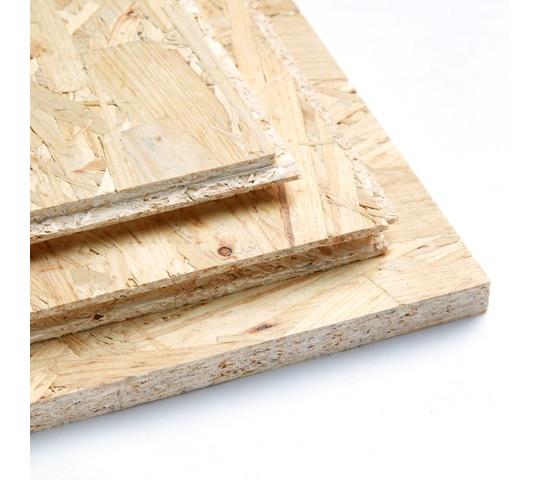
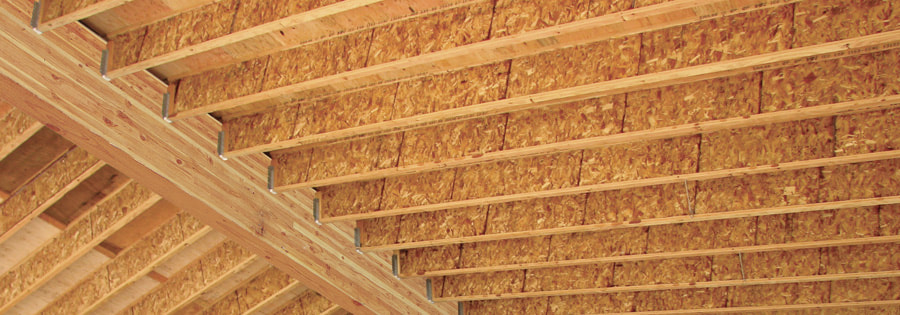

 RSS Feed
RSS Feed